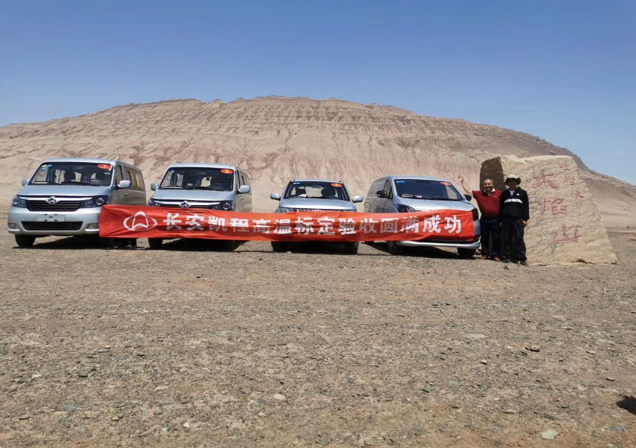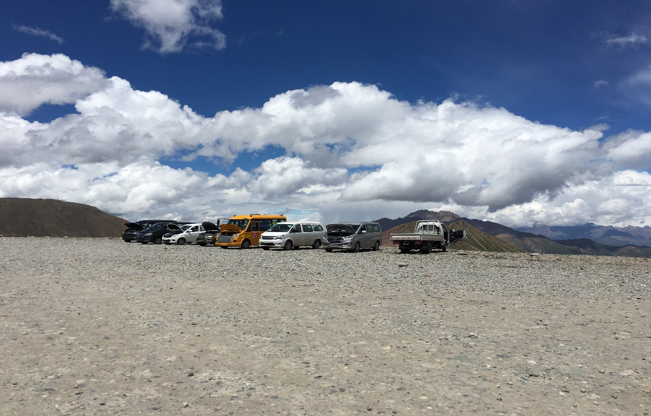The 2019 Summer Engine Calibration Test of AECS ended successfully in Turpan, Xinjiang. Twenty new vehicles from domestic vehicle manufacturers took part in the 26-day summer calibration test, which mainly focused on calibration of engine with the vehicle.

(Partial Summer Test Vehicles in Turpan at 47℃ in 2019)
In Turpan, daytime temperatures in July and August could be above 40℃, with surface temperatures up to 75℃, which formed the climatic conditions for the high-temperature calibration test. The summer calibration test was designed to tune the engine under high-temperature conditions (above 40℃) so as to achieve low emissions, enhance vehicle performance as much as possible, save fuel, and improve the operability of the vehicle in summer. It was also an essential link in the engineering of electronic fuel injection (EFI) engine development, which could ensure that car avoids problems such as boiling, air resistance, and ignition in hot summer, allowing consumers to use the car safely.
In addition to the high-temperature test, the engine calibration also required the high-altitude test, which was conducted in Qilian, Qinghai. The high-altitude calibration test cite was Dadongshu Mountain Pass. The test was supposed to calibrate the engine's starting performance. The staff did cold start inspection and tuning of the engine every day at Dadongshu Mountain Pass, where the altitude was 4,120 m and temperatures ranged from 0℃ to 10℃.

(Partial Test Vehicles on Top of Qilian Dadongshu Mountain Pass in 2019)
Through 26 days of hard work, AECS completed the high-temperature calibration test successfully. On the arduous journey as long as about 7,000 miles that took almost one month, AECS overcame all kinds of natural challenges such as the high altitude hypoxia and scorching heat to completed the high-temperature and high-altitude test successfully. All test results showed compliance with requirements specified in China 6 emission standard.